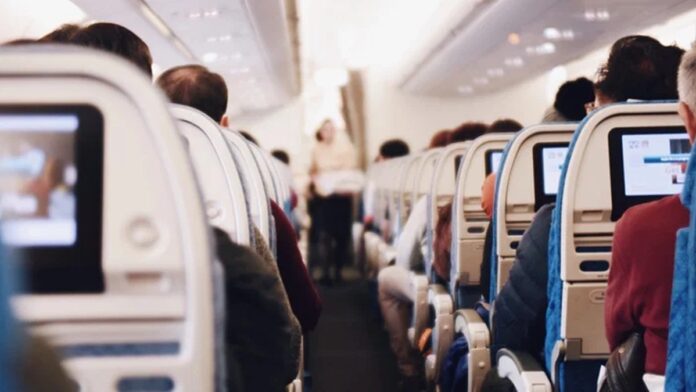Twitter: @the_news_21
India’s domestic air traffic has reached a record high, with 456,082 passengers flying on a single day, which was achieved on 30 April. This milestone was reached as 2,978 flights took off across the country.
Domestic passenger traffic has skyrocketed after Covid, reflecting India’s high growth. India’s post-pandemic economic recovery has spurred a travel boom, with more than 37.5m passengers carried by domestic airlines in the first three months of 2023, marking a 51.7% growth compared to a year ago.
There was no growth for two years during Covid, and what we are witnessing now is a snowballing of that pent-up demand. The rise in passenger traffic is also attributed to a significant increase in the number of first-time flyers since the pandemic, according to aviation analyst Mark Martin. Air traffic in India has typically been growing at twice the pace of the country’s GDP, as disposable incomes rise in Asia’s third largest economy.
A report from trade body International Air Transport Association (IATA) showed that domestic traffic in India had continued to approach pre-pandemic levels and was down just 2.2% on February 2019 levels. India was also the top domestic market in terms of passenger load factor compared to countries such as the US, China, Japan, Australia, and Brazil, with 81.6% load factor.
Despite the healthy recovery, the industry continues to suffer due to a number of issues, including higher aviation turbine fuel prices, a depreciating rupee against the US dollar, and stranded planes. Over 50 aircraft of major Indian carriers such as IndiGo and Go First have been grounded for several months due to Pratt & Whitney engine-related issues. Airlines are losing billions of dollars because of this.
India has around 1,100 fleet deliveries pending over the next few years, according to ratings agency ICRA. Earlier in February, Tata Group-owned Air India announced a record deal for 470 jets from Airbus and Boeing, the largest in the history of global aviation. However, ICRA expects capacity addition to be a gradual process, given the supply chain challenges faced by the manufacturers, which are likely to constrain the production schedules.




